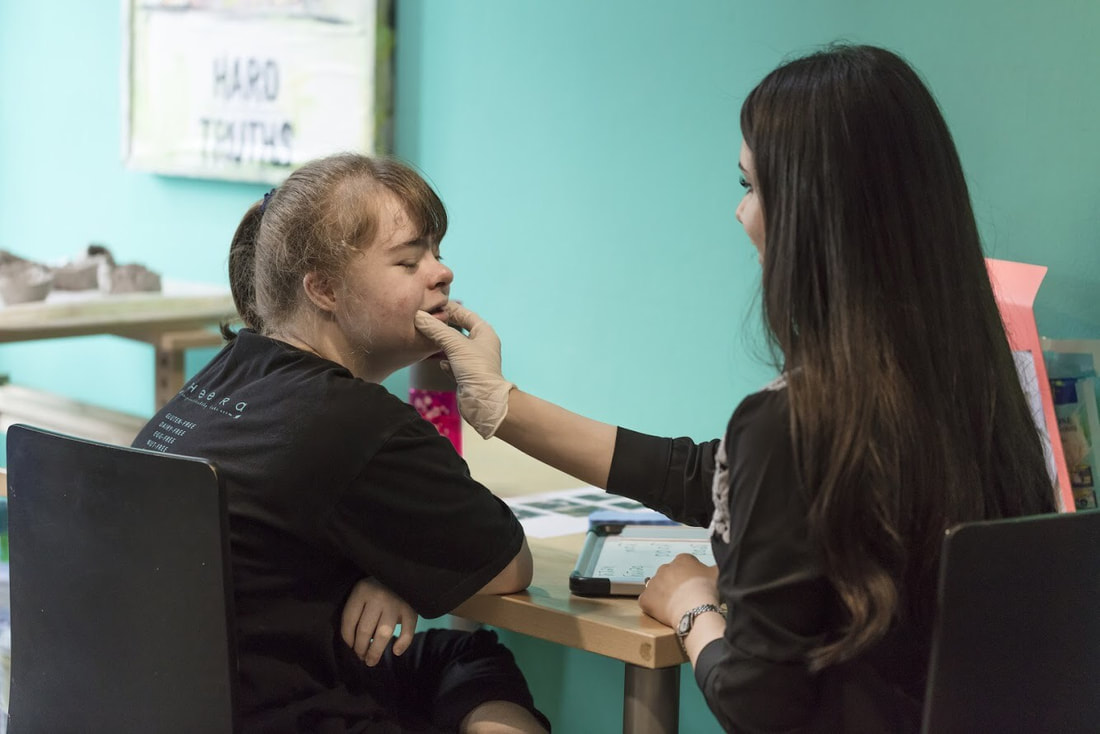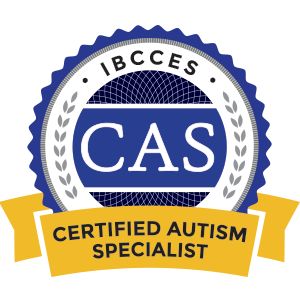 If you have noticed that your child’s tongue constantly pushes through their front teeth at rest, while eating, or speaking, your child may have what is called a ‘tongue thrust’. This is a behavior pattern which is sometimes referred to as an “immature swallow”. Many children will outgrow this by themselves. But if this is not outgrown by a young age, this habit is likely to strengthen, and will become harder to correct as they get older. There are steps that can be taken to address and correct your child’s tongue thrust. This month’s post brings you a step-by-step action plan to do so. Step 1: Monitor The first step is to monitor your child and collect patterns over a time period. Below are some questions to guide your monitoring process:
Step 2: Physical Examination The next step is to arrange a consultation with an Ear Nose and Throat Specialist (ENT). This is such an important step because it addresses the underlying cause. The observations you made when monitoring your child (above) will play a big role in this step, so be sure to discuss them with the ENT. An ENT is specialized to observe, confirm or rule-out any structural / physical conditions which might be causing this. For example, your child’s tonsils may be enlarged, or your child may have chronic allergies. Both of these will lead to mouth breathing, and your child’s tongue to protrude outside of their mouth. Mouth breathing is critical to address because it can impact your child’s sleep, the structure of how their face forms, their alertness, overall comfort level, their eating, their behavior and their mood. Step 3: Address Structural / Physical Factors This step is different for all children; it will depend on what the ENT finds and recommends. For example, this may involve an operation to remove your child’s tonsils, or medicine to manage their chronic allergies. This step will help your child to breathe through their nose, which will physically allow them to then work on a closed-mouth posture. Step 4: Consult with a Therapist Addressing tongue placement for habit, breathing and eating Sometimes, it may not be a structural or physical cause. Instead, the reason why your child’s tongue may be outside of their mouth constantly could simply be a habit. Myofunctional Therapists or Oral Placement Therapists are most specialized in addressing these habits, and correcting tongue placement in the mouth with a range of exercises. Speech Therapists who are specifically trained in Oral Placement Therapy, can also work with your child to correct their tongue placement at rest, for breathing, and for eating. Addressing tongue placement for speech If your child has a tongue thrust, they likely have a lisp on certain sounds, such as ‘s’ and ‘z’. All Speech Therapists are specialized to work with your child to correct their tongue placement in speech sounds. The Therapist you consult with will develop an Intervention plan that best suits your child’s needs, and may also provide exercises for home practice. Step 5: Dentist Constant tongue protrusion outside the mouth will eventually push your child’s teeth outwards. If it is age-appropriate, and if you would like to have a Dentist realign your child’s teeth, it is recommended that you do so after your child has attended several Therapy sessions (step 4 above). This will avoid your child’s teeth continuing to be pushed outwards after they have been realigned. Speak soon, The Expat Speechie Comments are closed.
|
Welcome to my blog!
|






